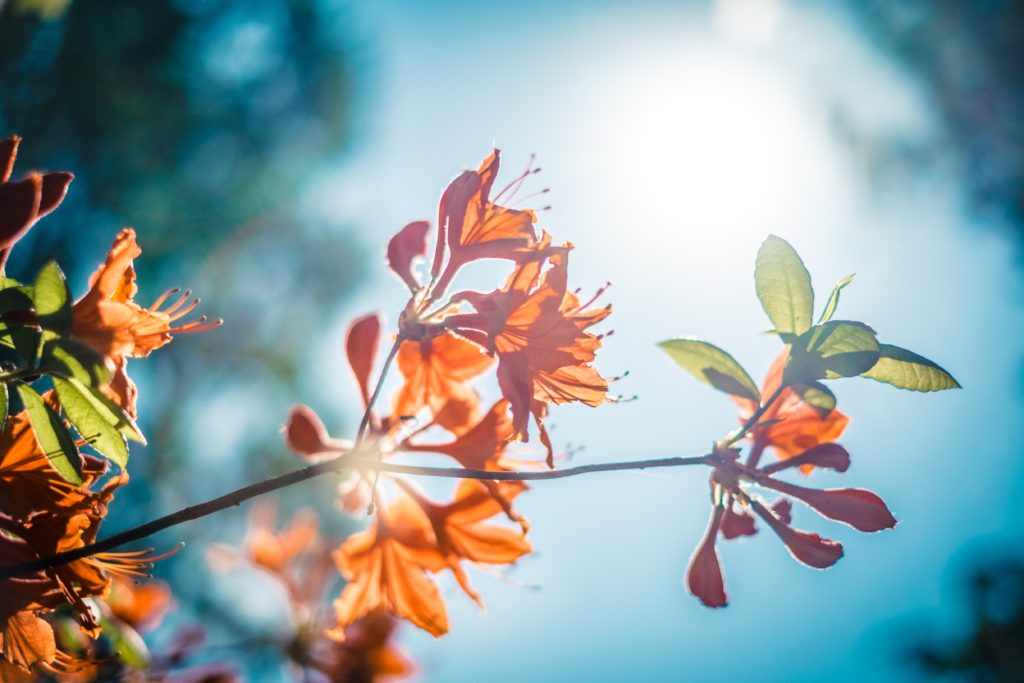There is a long history in Traditional Chinese Medicine focusing on the importance of post natal care for the new mother.

In Chinese the term for this six week period is ‘Chan Ru’, which translates to ‘childbirth’ and ‘cotton mattress‘. This highlights the value that was placed on rest and recovery.
A time honored tradition at this time was to observe ‘Zuo Yuezi’, meaning to ‘sit out the month‘. The new mother would have 30-40 days at home, to replenish her energy reserves.
Whilst it is not always achievable or practical to have a month of seclusion, aspects of this tradition can still be incorporated for their rich benefits.
For millennia, Traditional Chinese Medicine practices have been used post birth to aid recovery. These include dietary and lifestyle advice (Yang Sheng) and modalities such as Chinese Herbal medicine, Moxibustion and Acupuncture.
In Chinese Medicine, the period following childbirth is seen as a time when the mother’s Qi and blood are depleted and she is susceptible to the cold.
A treatment known as ‘Mother Warming’ can be used at this time where applicable. A non-invasive and relaxing treatment, it uses Moxibustion to warm specific acupuncture points on the lower back and abdomen in the week or two following the birth. Your Chinese Medicine Practitioner will determine if this technique is suitable for you.
Dietary Therapy also plays a vital role, focusing on foods that are nourishing and easy to digest. Including warm and well cooked foods such as broth, soups, stews, root vegetables and medicinal rice porridge (congee) is recommended.
Congee can be made from rice (or barley) and is traditionally slow cooked in a saucepan or crock pot. Different ingredients are then added for their therapeutic benefits. Additions that are useful to nourish Qi and blood, include red dates, goji berries, fresh ginger, sesame seeds, mushrooms or adzuki beans.
Here is a recipe that I posted previously for a mushroom congee. The basic recipe can be used as a guideline if you wish to substitute the mushrooms.
To find out more on how Chinese Medicine treatment may be of benefit to you or discuss your individual health care concerns, feel free to contact me for a chat.
Elisabeth


